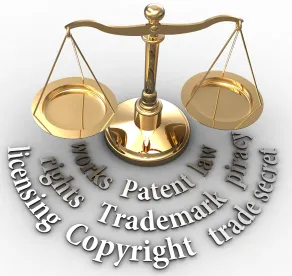The Federal Circuit provided a welcome boost for stakeholders in the field of personalized medicine with its recent decision in Vanda Pharm. Inc. v West-Ward Pharm. Intl. Ltd. (2016-2702, 2016-2708 April 13, 2018). Vanda Pharma’s asserted claims relate to a method of treating schizophrenia patients with iloperidone in which the dose is adjusted based upon the patient’s CYP2D6 genotype. The Federal Circuit agreed with the court below that these claims were both directed to patent eligible subject matter and infringed.
This decision is a breath of fresh air for patent applicants and patentees alike. The decision is particularly good news for those struggling with eligibility issues for claims involving diagnostic tests which inform treatment decisions and for those concerned with their enforcement once granted. This kind of subject matter underpins much of the personalized medicine space and has been widely viewed as in jeopardy following recent changes in subject matter eligibility requirements.
Of note, and perhaps as a point of caution, the claims at issue in Vanda Pharmawere similar enough to those found ineligible in Mayo to warrant significant attention in both the majority opinion and by the dissent. The majority characterized Vanda Pharma’s claims as “a novel method of treating a disease” and therefore patent eligible and distinguishable from the claims found ineligible in Mayo which were “directed to a diagnostic method” based on “entirely natural processes”. In dissent, Judge Prost contends that “[t]he majority fails to reconcile [the] substantive similarity between our case and Mayo.” Judge Prost would have found the claims ineligible as directed to a natural law.
For now, the take-home message for applicants trying to vault the 101 hurdle with similar subject matter is “specificity”. Here, claims directed to treating a specificdisease (schizophrenia) with a specific drug (iloperidone) in a specific patient population (CYP2D6 poor metabolizers, or not) in a specific way (by administering a defined dose to each patient population) to achieve a specific result (lower risk of a serious side effect) were patent eligible at Step 1 of the Mayo/Alice inquiry.
For more information on enforcement, click here for Part 2.




 />i
/>i
